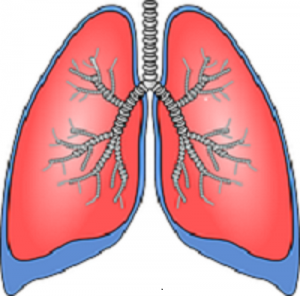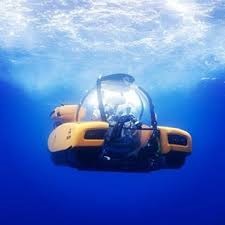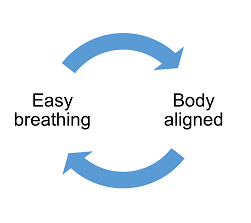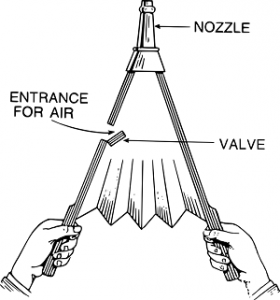In Great Barrier Reef David Attenborough recently made a record-breaking dive in a state-of-the-art submersible. ‘Your instinct is to hold your breath’, he said, as the sea closed over the clear dome of the submersible at the start of the descent.
Many swimmers will recognise this instinct. Another familiar instinct, particularly for anxious swimmers, is to gasp for air, as if it’s more oxygen that’s needed. But is it?
As a lifelong asthmatic, born of a long line of lifelong asthmatics, I have always thought of my breathing problems in terms of the carbon dioxide I must expel, not the oxygen I must take in. While my breathing normally allows just enough air to get into my lungs, the main risk is not getting carbon dioxide out of my system fast enough.
When we breathe normally, our oxygen and carbon dioxide levels are in balance.
When you hold your breath, you continue producing carbon dioxide while not taking in more oxygen, and this balance is lost. Gasping for air has a similar effect – even if you inhale some oxygen, you are barely allowing any carbon dioxide out.
Carbon dioxide build-up in the lungs reduces the amount of oxygen that can get into your bloodstream. High levels of carbon dioxide in the blood prevent oxygen binding as it should. You may experience this as flushed skin, or dizziness.
On the other hand, if you are anxious the balance may be lost by hyperventilation: exhaling too much carbon dioxide in relation to the oxygen we use. You may feel short of breath, and a vicious cycle of over-breathing sets in.
Set up a virtuous circle
Focus on breathing out
To prevent the imbalance in either direction, instead of focussing on taking in or holding on to oxygen, switch your attention to breathing out. Think of your lungs as bellows. As you swim, allow the air to pop-pop gently from your nose (the bellows nozzle). When your mouth (the bellows valve) is exposed to air, and your diaphragm and rib cage expand, the bellows will refill.
Allow your lungs to refill
If your lungs are creased or squeezed in your chest cavity, they won’t be able to expand. Give your lungs the space they need by keeping your body aligned from head to toe. Don’t bend at the hips. Don’t bend at the waist.
Does your body line in the water allow your lungs the space they need? Do you breathe out slowly and steadily through your nose? Comment here on how these two focal points affect how you feel in the water.




